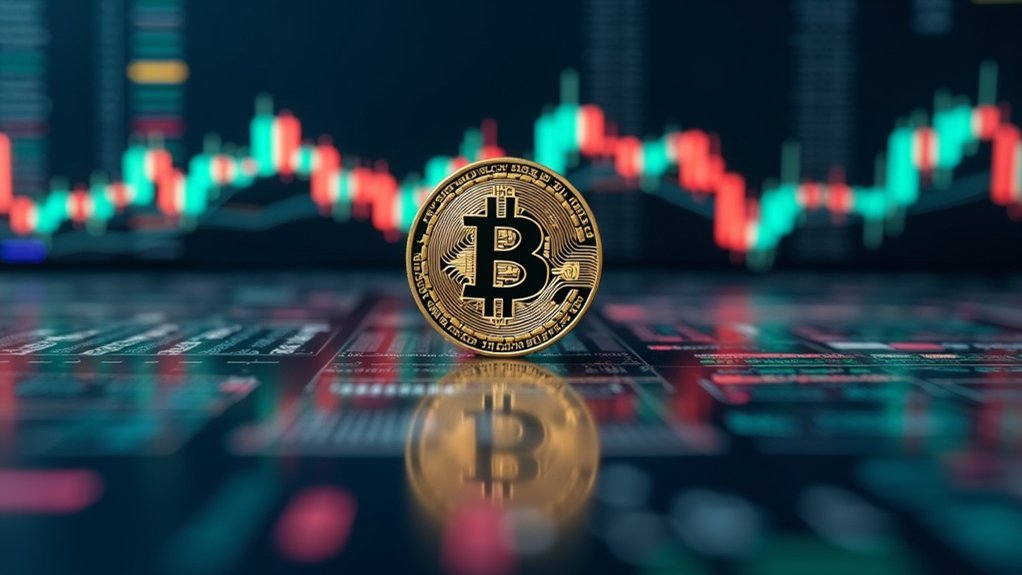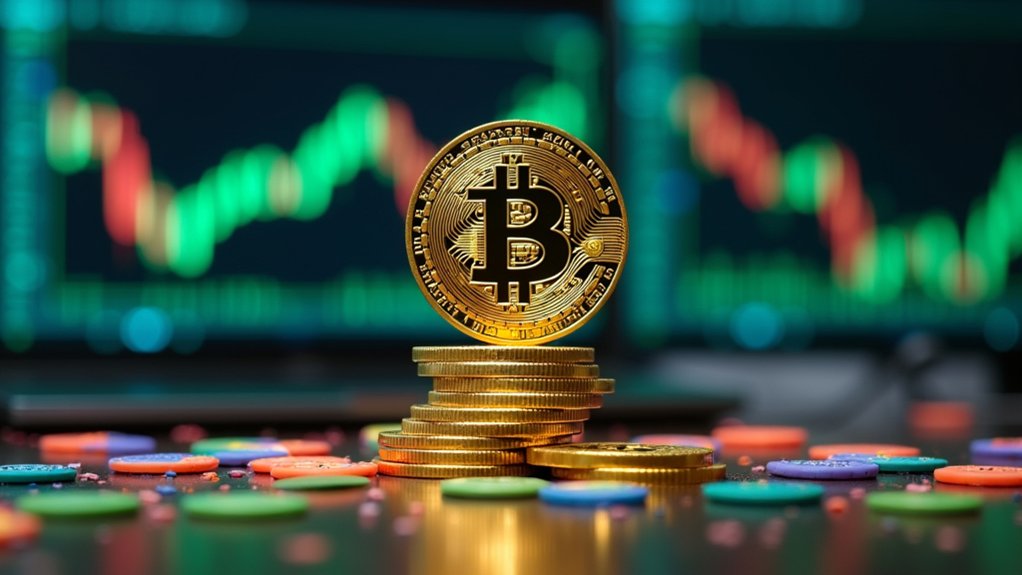While Europe’s crypto exchange market boasts a projected surge to nearly USD 25 billion by 2033, the escalating scramble among dominant players like Binance, OKX, and Coinbase reveals a battleground rife with cutthroat competition and fragile regulatory compliance; rather than fostering innovation, this clash exposes how superficial regulatory clarity and cybersecurity vulnerabilities threaten to undermine the very stability and investor confidence these exchanges so aggressively tout. The touted regulatory frameworks, far from being robust shields, are more akin to porous nets riddled with loopholes, enabling exchanges to navigate compliance hurdles with a strategic finesse that borders on regulatory arbitrage. This environment, paradoxically, accelerates market consolidation rather than democratizing access, as smaller players either capitulate under the pressure or get swallowed whole by giants wielding vast resources to absorb compliance costs and outmuscle rivals. This trend is reflected in Europe’s significant market share of 20.70%, underscoring its growing importance in the global crypto exchange landscape regional market share. Notably, the expansion of Central Bank Digital Currencies (CBDCs) across Europe adds another layer of complexity and competition for these exchanges. Meanwhile, mining operations associated with these exchanges must carefully manage taxable income to avoid compliance pitfalls and penalties.
Europe’s regulatory hurdles, while heralded as progressive, often amount to a labyrinthine tangle of patchwork policies varying markedly between powerhouse countries like Germany and the UK, creating a fragmented landscape that favors incumbents with extensive legal firepower. The EU’s DLT Pilot Regime, intended as a beacon of clarity, instead functions as a selective gatekeeper, enabling just a handful of exchanges to leverage tokenization and blockchain infrastructures legally, stifling broader market participation under the guise of regulatory prudence. Consequently, this selective accessibility fuels aggressive consolidation, where dominant exchanges secure outsized market shares—Binance alone commands a staggering $2.77 trillion trading volume, dwarfing competitors and cementing its stranglehold over Europe’s crypto corridors.
Ironically, the very regulatory mechanisms designed to instill investor confidence inadvertently erect barriers that concentrate power and perpetuate systemic risks, exposing the market not to democratized innovation but to oligopolistic stagnation masked as compliance.









